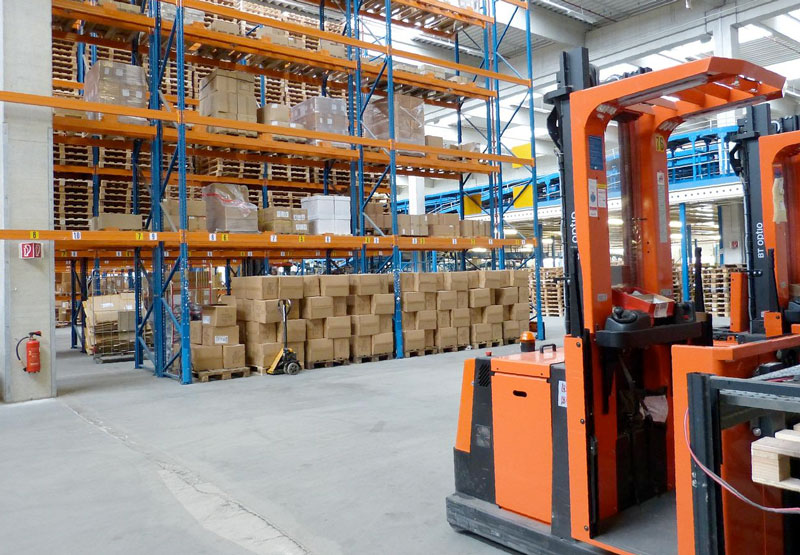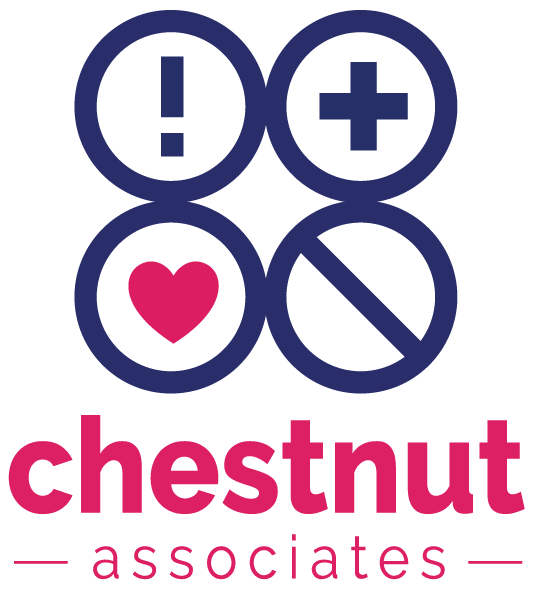With many seasonal jobs being filled at this time of year, it is important that employers protect the health and safety of the economy, agency and temporary workers.

Workers are as likely to have an accident in their first 6 months at work as during the whole of the rest of their working life.
The HSE website has guidance to help users and suppliers of agency and temporary workers understand their health and safety responsibilities.
If you are an agency or temporary worker your health and safety is protected by law and employment businesses (agencies) have a duty to make sure they follow it.
Workers are as likely to have an accident in their first 6 months at work as during the whole of the rest of their working life.
This increased risk is because of:
- lack of experience of working in a new industry or workplace
- being unfamiliar with the job and the work environment
- not wanting to raise concerns and not knowing how to
- eagerness to impress workmates and managers
This means workers new to a workplace may:
- not recognise hazards as a potential source of danger
- not understand ‘obvious’ rules for equipment use
- not be familiar with site layout – especially where site hazards may change from day to day
- ignore warning signs and rules, or cut corners
6 steps to protect new starters
1. Capability
Assess the new starter’s capabilities. This might include:
- literacy and numeracy levels
- general health
- relevant work experience
- physical capability to do the job
- familiarity with the work being done and the working environment (especially where conditions change quickly, for example on construction sites)
Don’t forget to assess cultural issues and grasp of English where relevant – you may need to use visual, non-verbal methods like pictures, signs or videos.
2. Induction
Provide an induction. Plan it carefully, including photos of hazards where possible, and use plain, simple language.
Take time to walk around the workplace or site with new workers and show them where the main hazards are, like falls and slips.
3. Control measures
Make sure control measures to protect against risk are up to date. Check they are being properly used and maintained by:
- having discussions with employees and health and safety representatives about risk and how to make sure new starters are protected
- highlighting how important it is to report accidents and near misses
- making necessary arrangements for health surveillance
- providing and maintaining suitable personal protective equipment
4. Information
Provide relevant information, instruction and training about the risks new workers may be exposed to and the precautions they will need to take to avoid them.
5. Supervision
Provide adequate supervision. Make sure workers know how to raise concerns. Supervisors should be aware that workers may find it difficult to raise concerns because of unfamiliarity and inexperience.
6. Check understanding
- who to speak to
- how to raise concerns about their health and safety
- about any emergency arrangements or procedures
Vulnerable workers
Young people
Young people may lack the experience and maturity of their colleagues. You need to consider the risk to young people at work.
Migrant workers
Migrant workers are another group that may be particularly at risk when starting work. Advice for employers of migrant workers.


